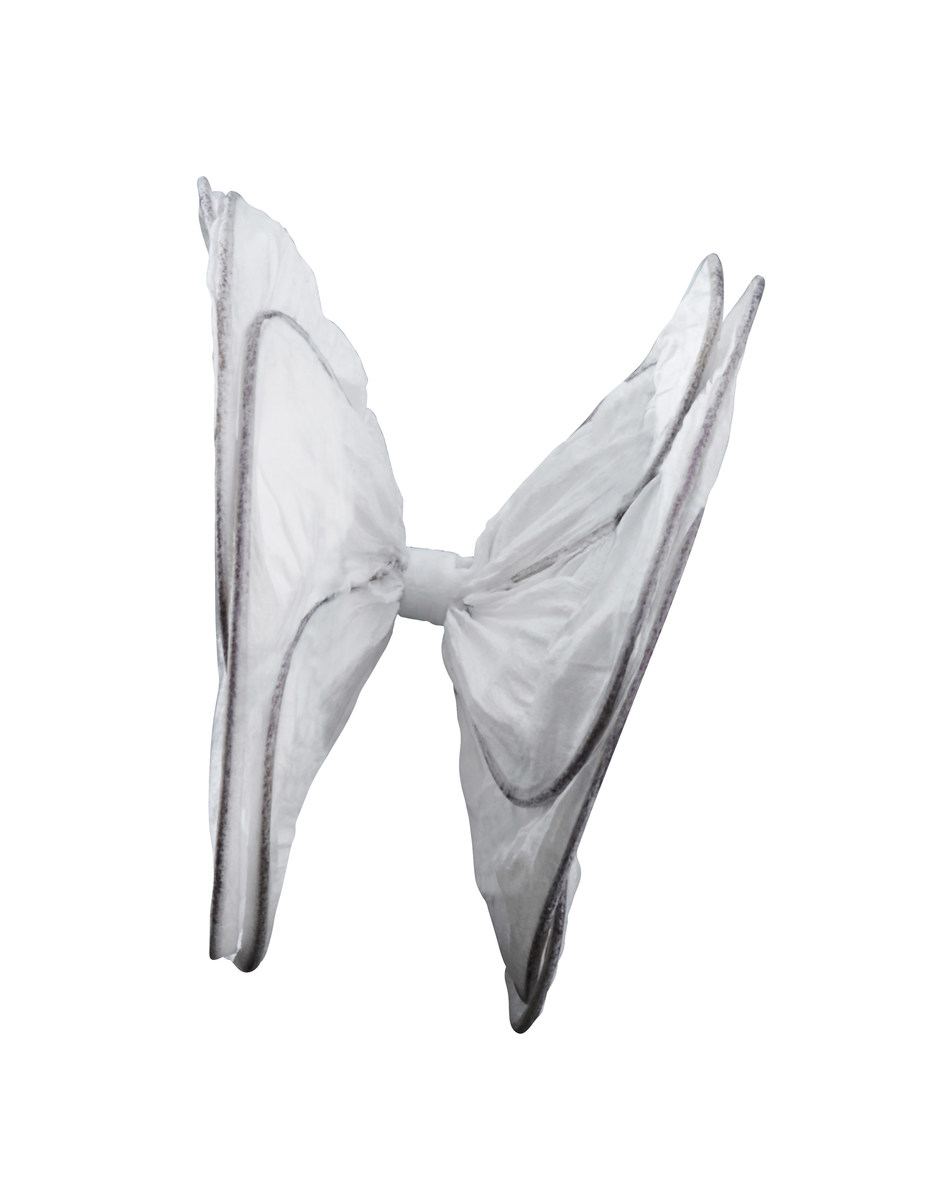
W. L. Gore & Associates (Gore), recently announced that Gore REDUCE Study long-term follow-up results were published in the March 2021 issue of The New England Journal of Medicine (NEJM), highlighting the benefits of patent foramen ovale (PFO) closure. The extended follow-up data further supports the use of GORE CARDIOFORM Septal Occluder in long-term recurrent stroke prevention.
The long-term data demonstrated a 69 percent relative reduction (P = .007) in ischemic stroke in patients treated with a Gore Device compared to patients treated with antiplatelet therapy alone.1 Significantly, these data demonstrate no new device or procedure-related serious adverse events observed during the extended follow-up (median of five years) and continue to build on the GORE CARDIOFORM Septal Occluder’s strong legacy of patient safety.1
The REDUCE Study evaluated whether PFO closure with a Gore Device plus antiplatelet therapy reduces the risk of stroke compared to antiplatelet therapy alone. The controlled, open-label study included 664 randomized patients at 63 investigational sites in seven countries. A total of 441 patients were treated with a Gore Device for PFO closure plus antiplatelet therapy and 223 patients were treated with antiplatelet therapy alone.

During the extended follow-up, there was only one new case of non-serious atrial fibrillation (AFib), and it resolved.2 At a median follow-up of 3.2 years the study showed only 0.5 percent device or procedure-related serious AFib, and at a median follow-up of five years, no new serious AFib cases were reported. No new cases of AFib were associated with the device or procedure.2
“We are excited to publish the REDUCE Study extended follow-up. These are important data as they confirm the procedure is safe with only one new episode of atrial fibrillation and no issues related to frame fractures, thrombus, embolization or erosion. Overall, the benefit of PFO closure persisted during late follow-up by lowering the risk of recurrent stroke with minimal risk for adverse events,” said John F. Rhodes, M.D., Medical University of South Carolina, and U.S. Cardiology National Principal Investigator for the REDUCE Study.
PFOs occur after birth when the foramen ovale, an opening between the heart’s upper two chambers in an unborn baby, fails to close and allows blood to flow between the two atria. PFO occurs in about one in four people.3 While most people do not need to be treated for PFO, in some patients, stroke can occur if a blood clot travels through the opening and to the brain. About one quarter of first-time strokes are cryptogenic, or due to an unknown cause, and up to half of patients who have a cryptogenic stroke are found to have PFO.4
Twenty-five patients would need to be treated with a Gore Device* to prevent one recurrent stroke event over five years, demonstrating compelling real-world therapeutic value for patients treated with a GORE CARDIOFORM Septal Occluder.1
The GORE CARDIOFORM Septal Occluder combines unique materials and design to provide a soft and conformable device for safe and effective PFO closure. The minimal, nitinol wire frame structure, covered with ePTFE material, conforms to the adjacent, native anatomy facilitating high closure rates with rapid tissue ingrowth and stabilization. With over 45,000 devices sold globally and nine years† of clinical use, GORE CARDIOFORM Septal Occluder can be trusted for safety and performance.
“These outcomes for long-term safety and recurrent stroke reduction speak volumes to the durability, performance and effectiveness of the GORE CARDIOFORM Septal Occluder,” said John Laschinger, M.D., Gore’s Cardiac Chief Medical Advisor. “The unique benefit of our conformable design tailored to fit unique PFO anatomies is underscored by the fact that GORE CARDIOFORM Septal Occluder has a 99 percent effective closure rate at 24 months.” (data on file 2020; W. L. Gore & Associates, Inc; Flagstaff, AZ.)
The GORE CARDIOFORM Septal Occluder received U.S. Food and Drug Administration premarket approval for the percutaneous closure of PFO in 2018. It is also approved in the European Union for percutaneous closure of PFO. Furthermore, it is approved in the United States and European Union for closure of a type of atrial septal defect.§













